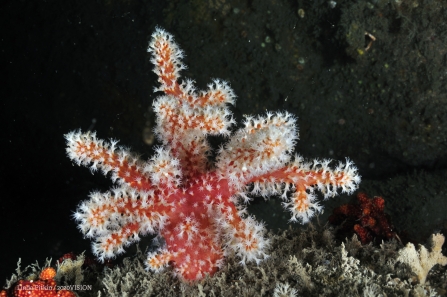On the 31st May last year, the Government announced the creation of 41 new Marine Conservation Zones. With the aim of protecting vulnerable and rare habitats and species, these sites added to the rich tapestry of Marine Protected Areas (MPA) in the UK. A long time in the making but I really felt the UK’s MPA network was taking shape. It was certainly moving closer towards ‘ecological coherence’, the national and international aspiration for our MPA network. In other words, the MPA network was getting bigger, becoming better connected, represented and more resilient.
Yet, while we celebrated the announcement, I knew, as did other marine conservationists, that getting MPA boundary lines drawn on a map, is the first rather than the last step in achieving ecological coherence and healthy seas. At the time, The Wildlife Trusts called on the Government to ensure appropriate management of the network, where activities damaging to the protected habitats and species were reduced or eliminated altogether.
Therefore, on World Oceans Day last year, when a review was announced into how and whether the first Highly Protected Marine Areas (HPMAs) could be introduced, we were over the moon. The possibility of designating MPAs with the highest level of environmental protection - the first of their kind in the UK - was a huge opportunity for parts of our seas to recover to as natural and pristine conditions as possible. It was such exciting news for Wildlife Trusts marine conservation teams who have been campaigning for the introduction of such protective measures for years. Even more exciting then, when I was offered a place on the HPMA Review panel to help inform the report and the recommendations within it. As the only environmental NGO at the table, I was honoured to contribute to this important piece of work and voice my views why HPMAs are a necessary and key part of our MPA network.


